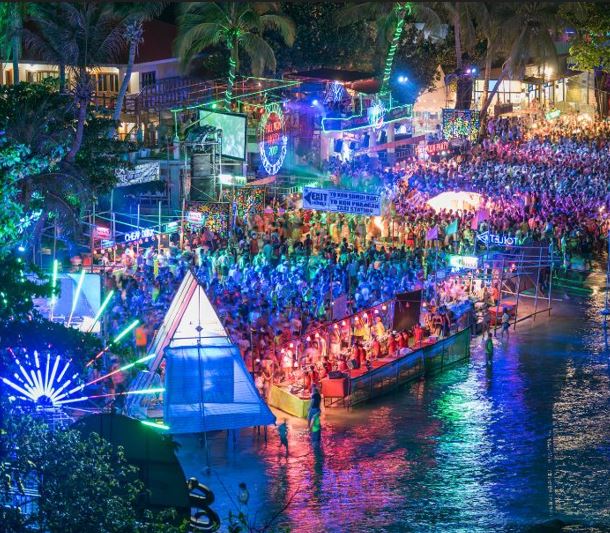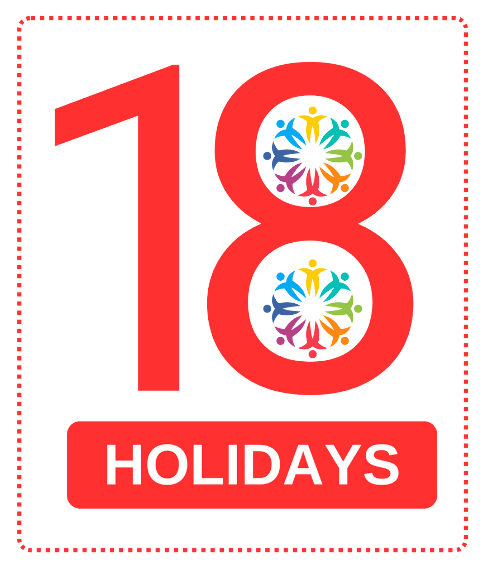Oktoberfest is the world’s largest Volksfest, featuring a beer festival and a travelling carnival, and is held annually in Munich, Bavaria, from mid- or late-September to the first Sunday in October, with more than six million international and national visitors attending the event. Locally, it is called d’Wiesn, after the colloquial name for the fairgrounds, Theresienwiese. Oktoberfest is an important part of Bavarian culture, having been held since the year 1810. Other cities across the world also hold Oktoberfest celebrations that are modeled after the original Munich event.
18 Holidays Special Outing
Home » 18 Holidays Special Outing » 18 Holidays Special Outing
- World's largest Volksfest
Oktoberfest is the world’s largest Volksfest, featuring a beer festival and a travelling carnival, and is held annually in Munich, Bavaria, from mid- or late-September to the first Sunday in October, with more than six million international and national visitors attending the event. Locally, it is called d’Wiesn, after the colloquial name for the fairgrounds, Theresienwiese. Oktoberfest is an important part of Bavarian culture, having been held since the year 1810. Other cities across the world also hold Oktoberfest celebrations that are modeled after the original Munich event.
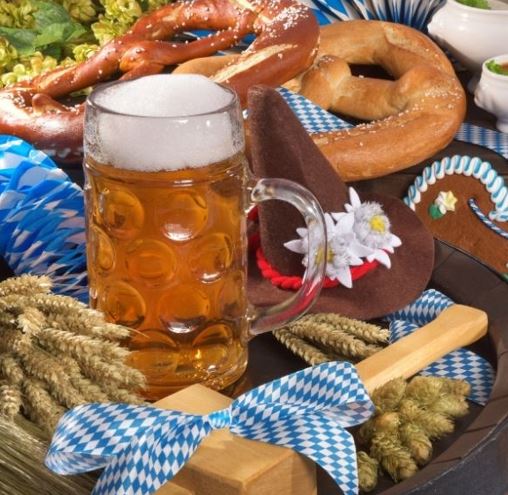
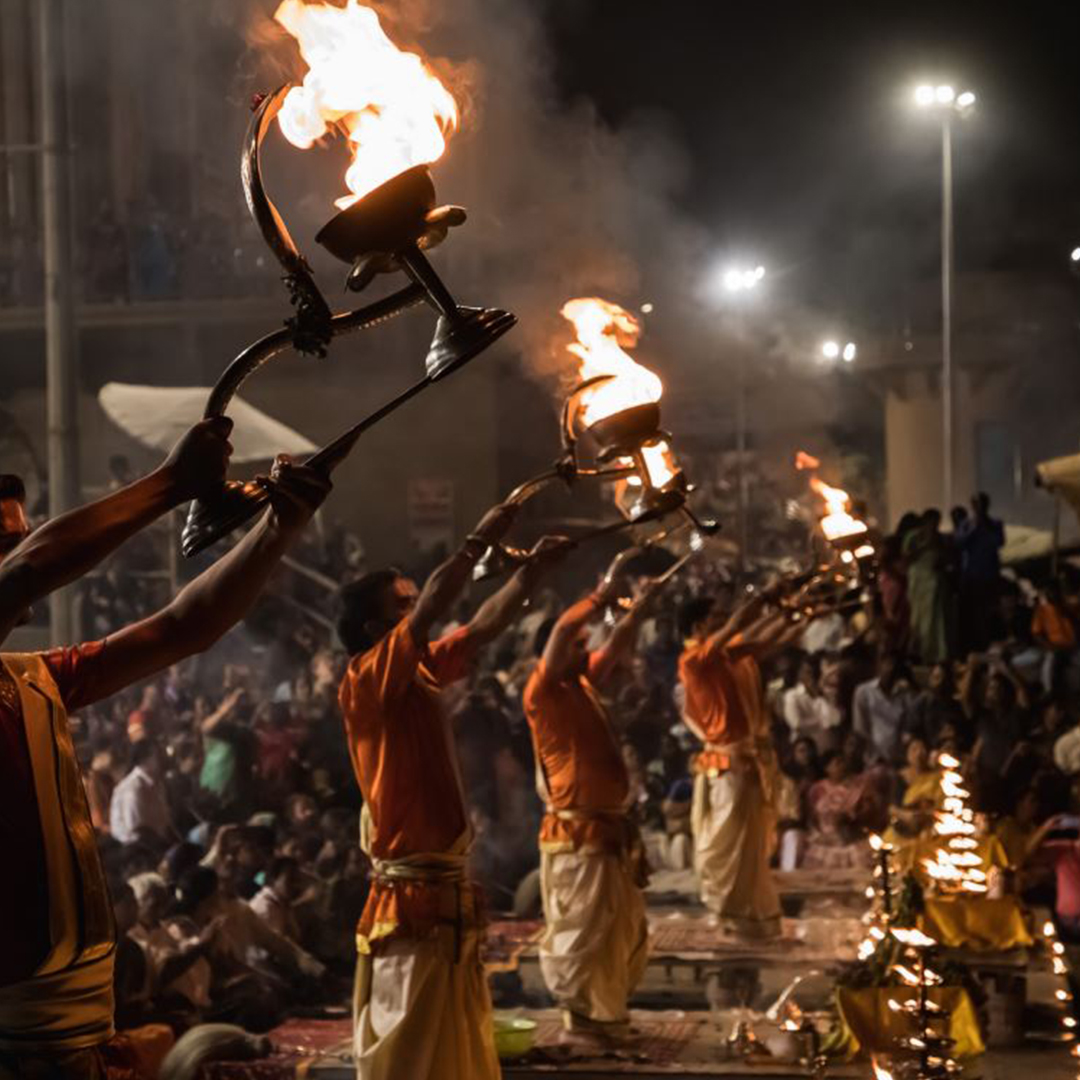
- Dev Deepawali festival day
The full moon of the Hindu month of Kartika (November – December) and takes place fifteen days after Diwali. The steps of all the ghats on the riverfront of the Ganges River, from Ravidas Ghat at the southern end to Rajghat, are lit with more than a million earthen lamps (diyas) in honour of Ganga, the Ganges, and its presiding goddess.
Mythologically, the gods are believed to descend to Earth to bathe in the Ganges on this day. The festival is also observed as Tripura Purnima Snan. The tradition of lighting the lamps on the Dev Deepawali festival day was first started at the Dashashwamedh Ghat by Pandit Kishori Raman Dubey (Babu Maharaj) in 1991.
During Dev Deepawali, houses are decorated with oil lamps and coloured designs on their front doors. Firecrackers are burnt at night, processions of decorated deities are taken out into the streets of Varanasi, and oil lamps are set afloat on the river.
- Songkran Festival
Thai New Year, also known as Songkran Festival. Songkran is on 13 April every year, but the holiday period extends from 14 to 15 April. Songkran was extended to almost the entire month, starting on the first of April, and ending on the twenty-first, departing from the traditional 3-day format. And with the New Year of many calendars of Southeast and South Asia, in keeping with the Buddhist calendar and also coincides with New Year in Hindu calendar such as Vishu, Bihu, Pohela Boishakh, Pana Sankranti, Vaisakhi. The New Year takes place at around the same time as the new year celebrations of many regions of South Asia like China (Dai people of Yunnan Province), India, Laos, Cambodia, Myanmar, Nepal, and Sri Lanka.
In Siam, New Year is now officially celebrated 1 January. Songkran was the official New Year until 1888, when it was switched to a fixed date of 1 April. Celebrations are famous for the public water fights framed as ritual cleansing. This had become quite popular among Thai and foreigners.
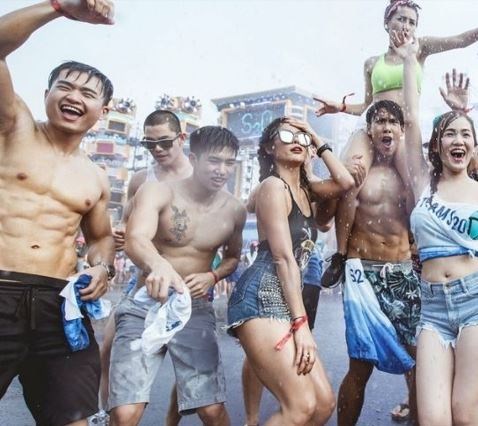
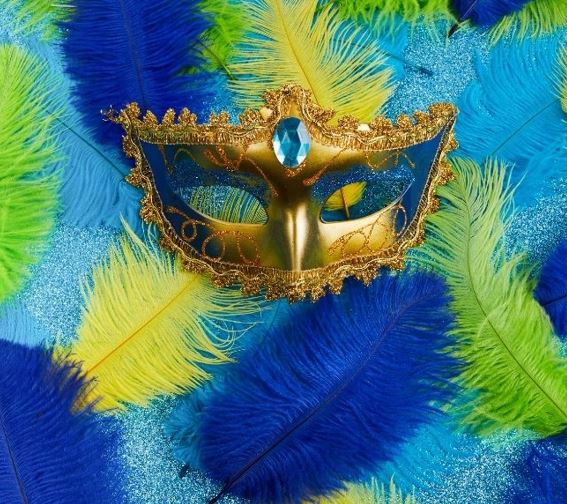
- The Carnival in Rio de Janeiro
The Carnival in Rio de Janeiro (Portuguese: Carnaval do Rio de Janeiro) is a festival held every year in the month of February; it is considered the biggest carnival in the world, with two million people per day on the streets. The first Carnival festival in Rio occurred in 1723.
Rio’s Carnival begins on the Friday preceding Lent and ends on Ash Wednesday, but the Winners’ Parade happens on the Saturday after the carnival ends. The winning school and runners’ up of the Special Group, as well as the A Series champion school, all march past one final time in front of their supporters on this night. “Held the week before Ash Wednesday, the samba school parades thrive as both a cultural performance tradition and an urban entertainment business. The parades are an amalgamation of dance, fashion, music, narrative, spectacle, and competition in which thousands of performers process in the early morning hours through the Sambadrome (Sambódromo), a linear structure consisting of a runway for the parades and bleacher seating for 72,500 spectators.”
- Thailand's famous Full Moon Festival
Thailand’s famous Full Moon Festival is known for being one of the best beach parties in the world. The story goes that a group of backpackers in the distant past… the 80s, threw a birthday party on Haad Rin Nok Beach when the moon was in full glow. They loved it so much that they came back again and again. Word spread and the legendary Full Moon Party grew into what we know today. Incredible fire shows, buckets of alcohol (literally, sand castle buckets!), and 30,000 travellers from all over the world, covered from head- to-toe in neon paint, dancing on the beach of Koh Phangan island. It’s a beach party like no other!
It’s synced to the lunar calendar. So every month on the night of the full moon, this unforgettable festival takes over with a party to remember. If you want to experience a mega-party, the best time to go is during peak seasons between July – August and December – April. There’s also an annual New Year’s celebration in Full Moon Party style!
